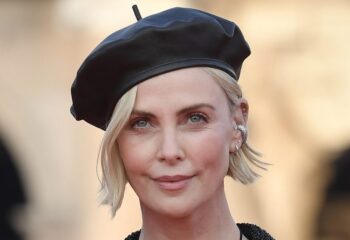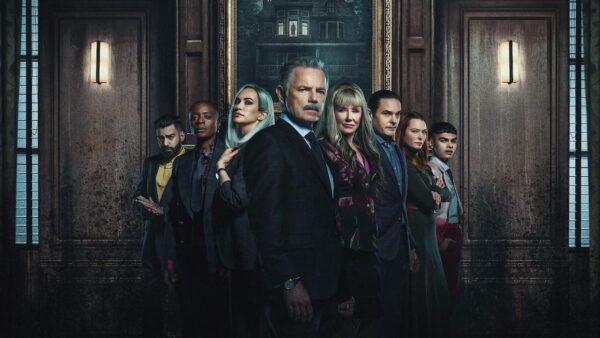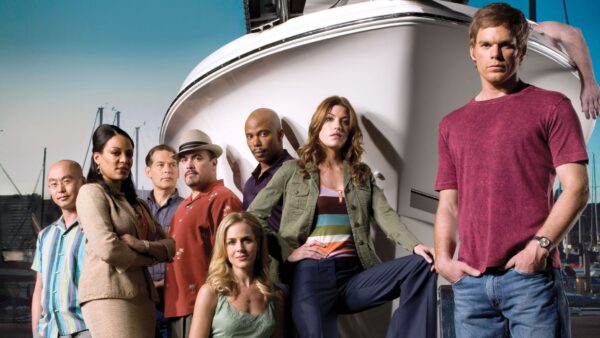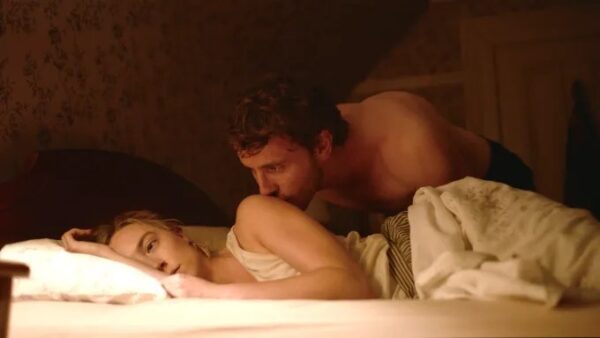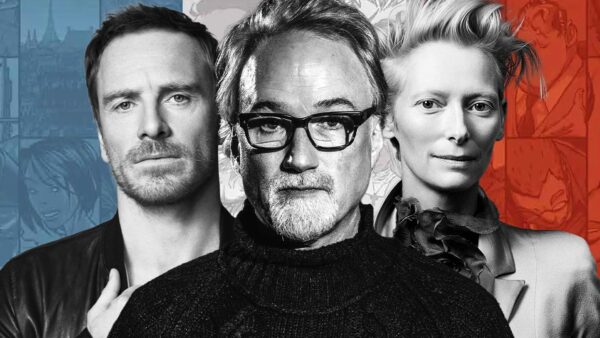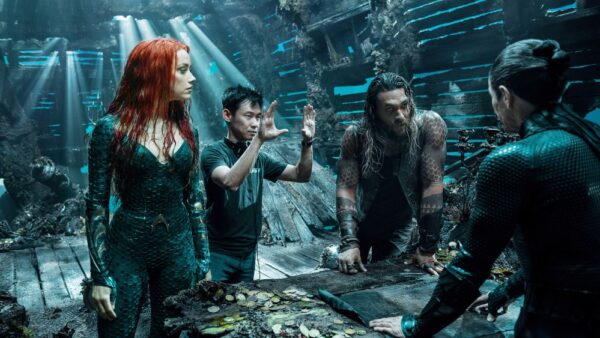What Darren Aronofsky’s Film Means
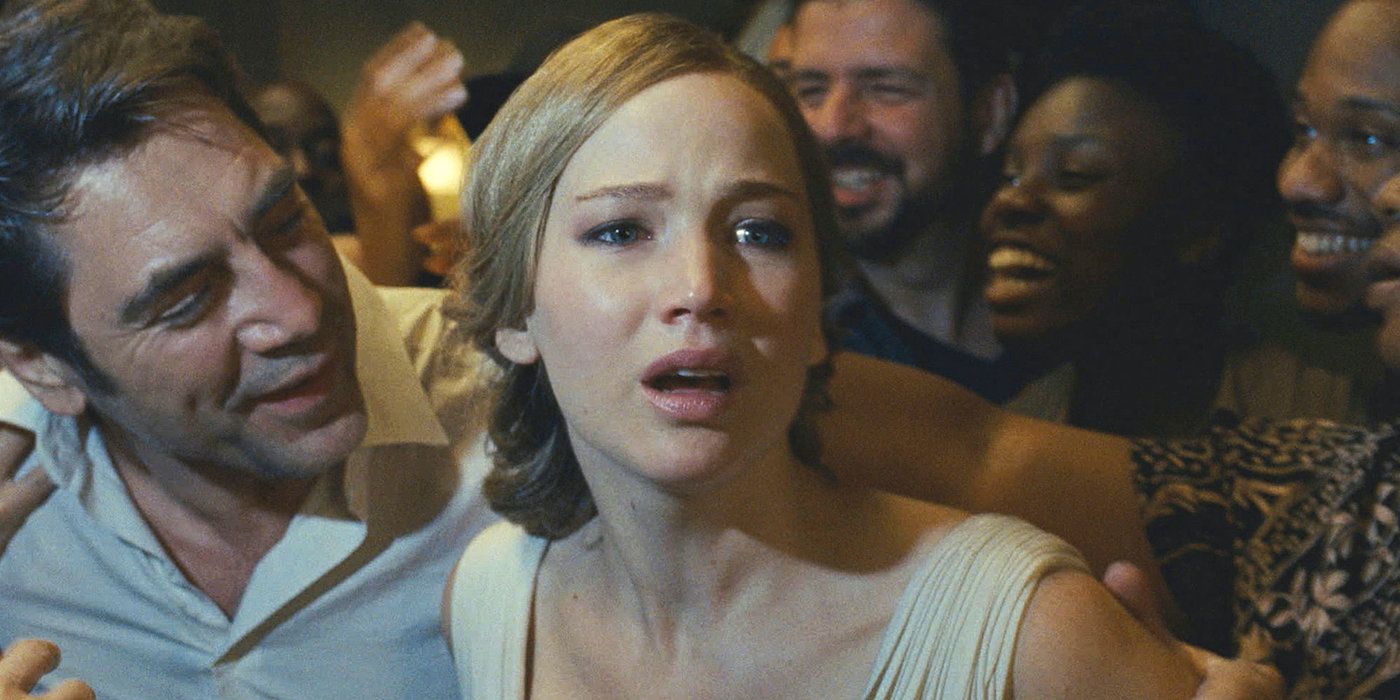
Trend Indexing: It’s been five years since its release and Darren Aronofsky’s mother! is still one of the most divisive films of recent memory. Eschewing traditional narratives and characters is just the tip of the iceberg for the aesthetically aggressive movie that isn’t quite the psychological horror it’s billed as and certainly not in the vein of Rosemary’s Baby beyond featuring a stressed-out pregnant woman. But because mother! operates along the lines of dream logic and because the film is so steeped in symbolism and tone rather than character and plot, it can be a bit confusing, to say the least. The film invites conversation and the best thing I can say about mother! is that it’s the kind of film that will have you talking at length with your friends afterward, comparing theories and opinions. But if you’re still a little confused or just want another take to engage with, here’s mine.
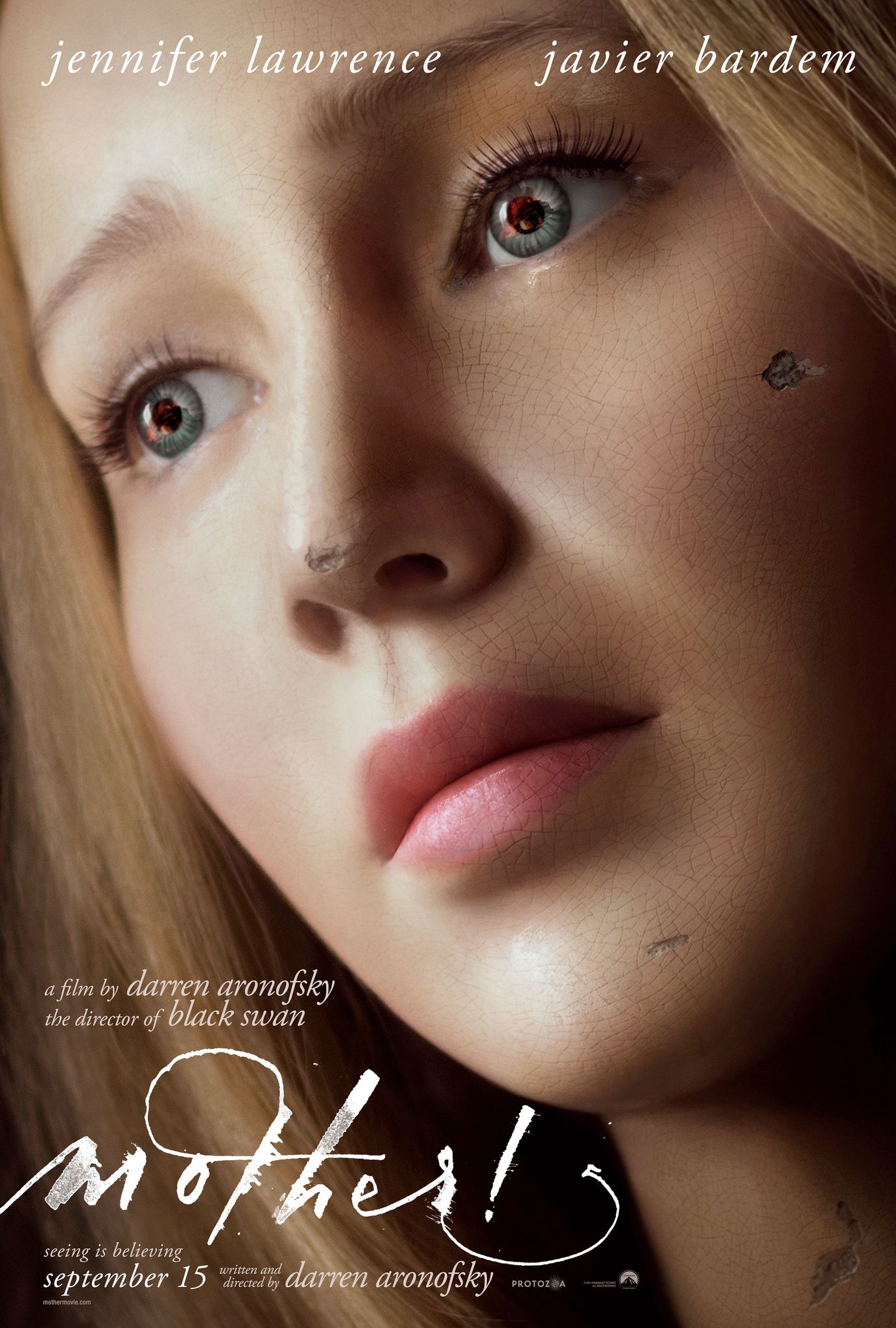 Mother!
Mother!
A couple’s relationship is tested when uninvited guests arrive at their home, disrupting their tranquil existence.
- Release Date September 13, 2017
- Director Darren Aronofsky
- Cast Jennifer Lawrence, Javier Bardem, Ed Harris, Michelle Pfeiffer, Domhnall Gleeson, Brian Gleeson
- Rating R
- Runtime 115
- Genres Drama, Documentary, Horror, Mystery
- Writers Darren Aronofsky
- Tagline Seeing is believing
Who Do the Characters in ‘mother!’ Represent?
mother! is an allegory about God and the Earth. Javier Bardem’s character, whom I’ll refer to as The Poet, is God, and Jennifer Lawrence’s character, whom I’ll refer to as The Mother, is Mother Earth, with the house standing in for the environment. From there, the story attempts to be a biblical allegory of both the Old and New Testament as well as a brief, deeply misanthropic view of human history.
Ed Harris’ man represents Adam. When he’s puking in the bathroom, we quickly see an injury right where his rib would be. In the next scene, his wife (Michelle Pfeiffer), representing Eve, shows up. They’re allowed to wander the house but are told specifically not to go into the poet’s office, but they do so anyway and Eve accidentally breaks the fire crystal. They’re then exiled and soon begin having sex elsewhere in the house, thus representing original sin and man’s fall from grace after eating the forbidden fruit from the Tree of Knowledge in the Garden of Eden.
Then the couple’s sons (Brian and Domhnall Gleeson) come along arguing about their dying father’s will. In their argument, one brother kills the other (Cain and Abel). The parents and the poet carry the dead brother out of the house and the surviving brother runs away. The poet and the parents then return later that night for a wake, and more and more guests come to grieve, but the wake then becomes a chaotic party where, after numerous protestations to not sit on an un-braced sink, the sink becomes unmoored from the wall and water pours into the house. Thus we have humanity’s downfall following the slaying of Abel and eventually the flood.
After the water pours into the house and the guests leave, the mother admonishes the poet, saying that he won’t even have sex with her. They then proceed to have sex, and the following morning, she announces that she’s pregnant. He’s then struck with a flash of inspiration and goes downstairs naked to write. When he shows her the finished product, she sees a vision of the world rejuvenated and says that it’s beautiful. However, once again, people start flooding into their home and although she’s prepared a nice, quiet meal for her and the poet, the fully pregnant mother is overwhelmed by a throng of people.
How Does ‘mother!’ Reference the New Testament?
At this point, the story is kind of leaving the biblical text behind and moving more into historical record. The New Testament element is that the Mother’s child is a Christ figure, but before he’s born, the Mother goes through a hellish experience surrounded by war, human trafficking, and other nightmarish visuals before the Poet finally reappears and brings her to his private office where she can give birth to their son. The allegory here seems to be that God abandoned the Earth for stretches at a time before the messiah figure was born.
But then mankind screws it all up again and snatches away the baby, kills it, and eats its flesh as they worship at an altar to the Poet. They then assault the Mother, ripping at her clothes and beating her senseless before she’s finally able to escape, go down to the basement, smash open an oil drum, and set the entire place on fire. So even when presented with a savior and totally innocent, mankind only kills, eats the flesh of the Messiah (i.e. communion), then proceeds to assault Mother Earth with God absent yet again, and Mother Earth finally uses oil (i.e. fossil fuels) to destroy herself along with humanity with God powerless to stop it.
What Is ‘mother!’s Message About the Environment?
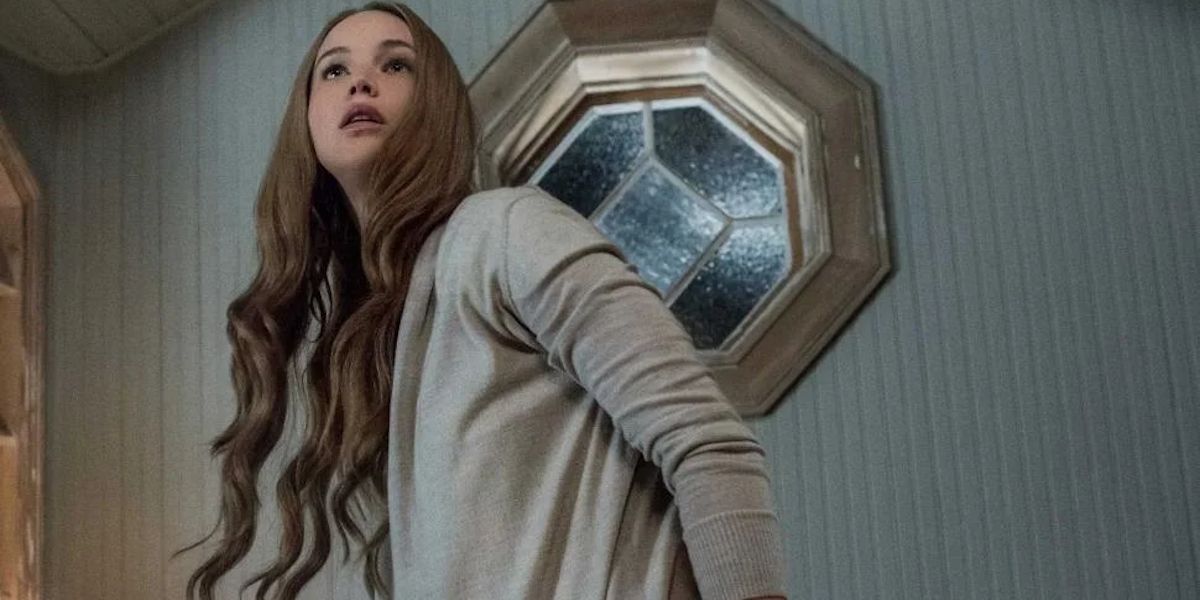 Image via Paramount Pictures
Image via Paramount Pictures
The Poet then takes the mother’s charred body and takes out her beating heart with his hands. She turns to ash and the burned heart becomes a new fire crystal. He places the new fire crystal in its holder and we’re brought back to the beginning of the film where placing the fire crystal in the holder undoes the fire damage and a woman wakes up in their bed. The only thing that’s different this time is a different young woman wakes up in the bed. So basically, the Earth and humanity will die and at best God will simply do everything all over again because he needs to create and desires love from his creations.
Additionally, throughout the film, the Mother will pause when getting overwhelmed, and touch the walls of the house where she’ll have a vision of a heart that’s slowing dying. Furthermore, the house continues to bleed, crack, and fall apart. This reinforces the notion that Mother Nature is seeing that the environment is dying, especially as more people enter the house and cause chaos. None of this is surprising when you consider that Aronofsky is an atheist, he’s staunchly environmental, and that humanity’s downfall in the face of an environmental catastrophe and an absent God was the theme of the director’s previous film, Noah.
What Does ‘mother!’ Mean?
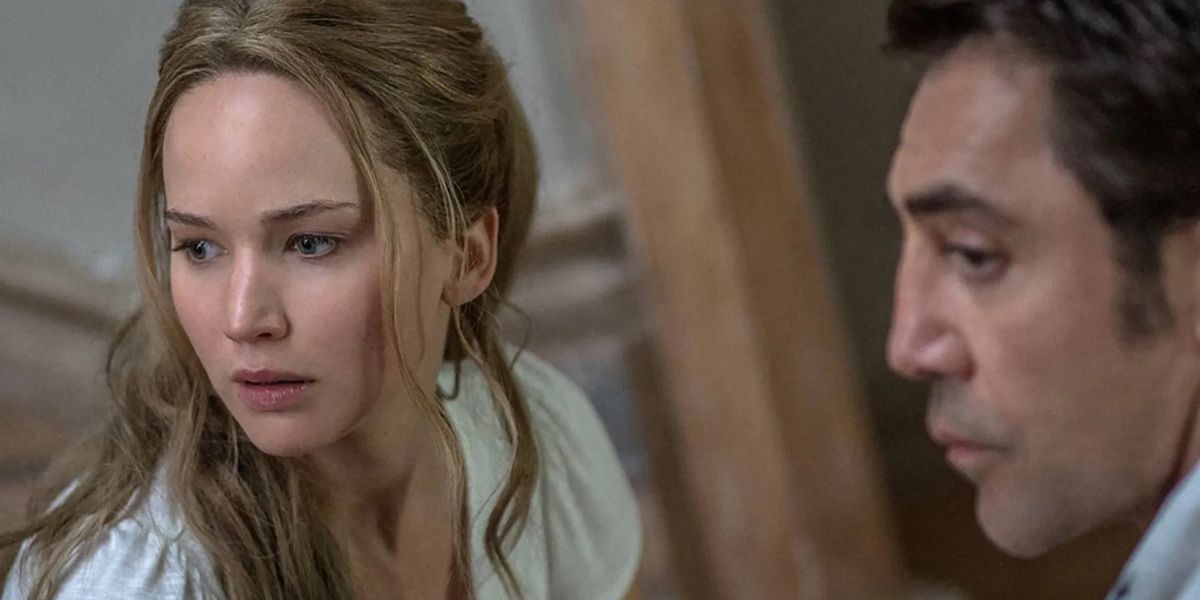 Image via Paramount Pictures
Image via Paramount Pictures
To be fair, not everything in the film is a one-to-one ratio, and not everything, especially in the second half, lines up with the biblical text or the entire course of human history. Does Ed Harris’ character being a doctor mean anything? Perhaps, but I’m not sure what. Why do all the war and chaos precede the birth of the messiah figure rather than follow it? Isn’t there war and chaos on both sides of the New Testament? Additionally, the God represented here isn’t the only view of a supreme being, but for Aronofsky, it’s how he views God—as a figure who is frequently absent when needed yet constantly feels the need both to create and to be loved despite the terrible behavior of mankind and the abuse they shower upon Mother Earth.
There are also loose ends that I can’t tie up or figure out if they even represent anything. I’m not sure what the yellow liquid the Mother keeps drinking represents. I don’t know why 911 answers the phone when the Mother calls (who does Mother Earth call in the event of an emergency?). But despite these lingering questions, I’m fairly confident in my reading that the movie is about the relationship between God, Mother Earth, the environment, and humanity, with Aronofsky coming down on the side of humanity being a plague upon the Earth.
How Have Others Interpreted ‘mother!’?
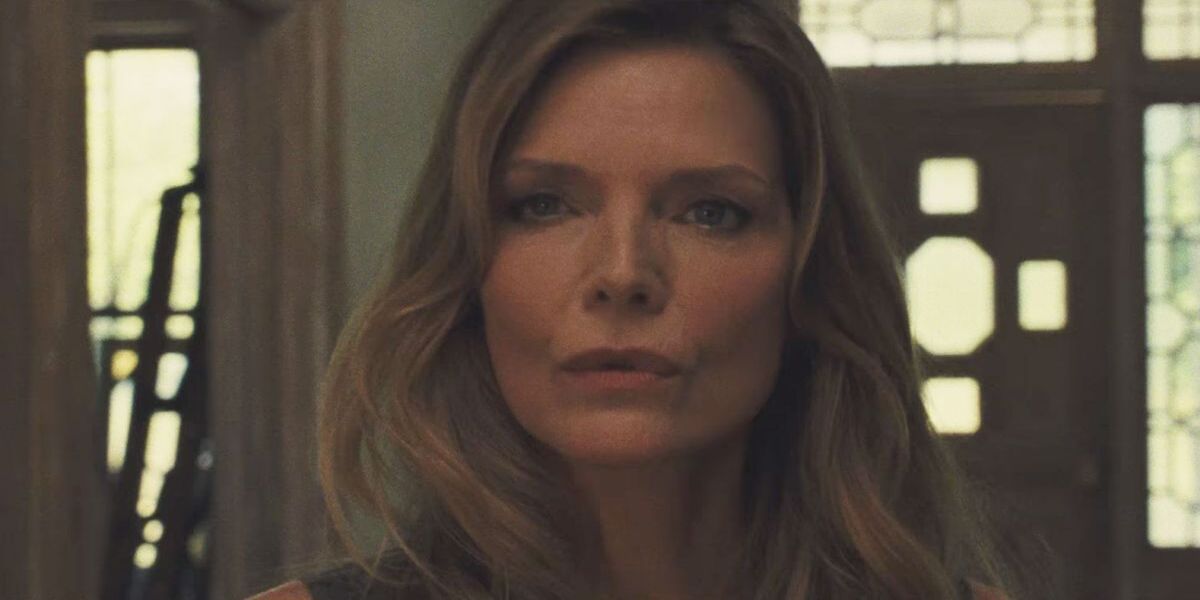
I’ve also heard a few other readings of the film, but I don’t think they account for the entire picture. One reading sees mother! as a story about creation, looking at the Poet as a stand-in for all artists and the double-edged sword about the need to create and the destruction that a work can wreak when it’s released to the public. While I think Aronofsky certainly feels some kinship to his God figure in terms of an artist needing to create, this reading fails to account for the copious amounts of biblical symbolism, and, more importantly, fails to account for the Mother.
Another reading of the film sees this as a semi-autobiographical take for both Aronofsky and Lawrence, who used to be in a relationship. First, Pfeiffer’s character comments that the Poet is a little old for the Mother. Aronofsky is 48, and Lawrence is 27. There’s also the aforementioned kinship between Aronofsky and the God figure, and the frustration of being worshipped by fans but also the fear they create with their constant devotion. Then, when the Mother is attacked and her clothes are ripped from her body, you can draw parallels to how Lawrence had nude photos of her stolen and leaked online. But again, this reading fails to account for the entirety of the movie and the overarching allegory.
That’s not to say my reading of mother! is the only valid assessment of the film or that art can only have one interpretation. However, I do believe that my case has the most evidence to support it, and if you disagree, I have one more thing to add: Look at the title.
mother! is available to rent on Amazon Prime Video in the U.S.

